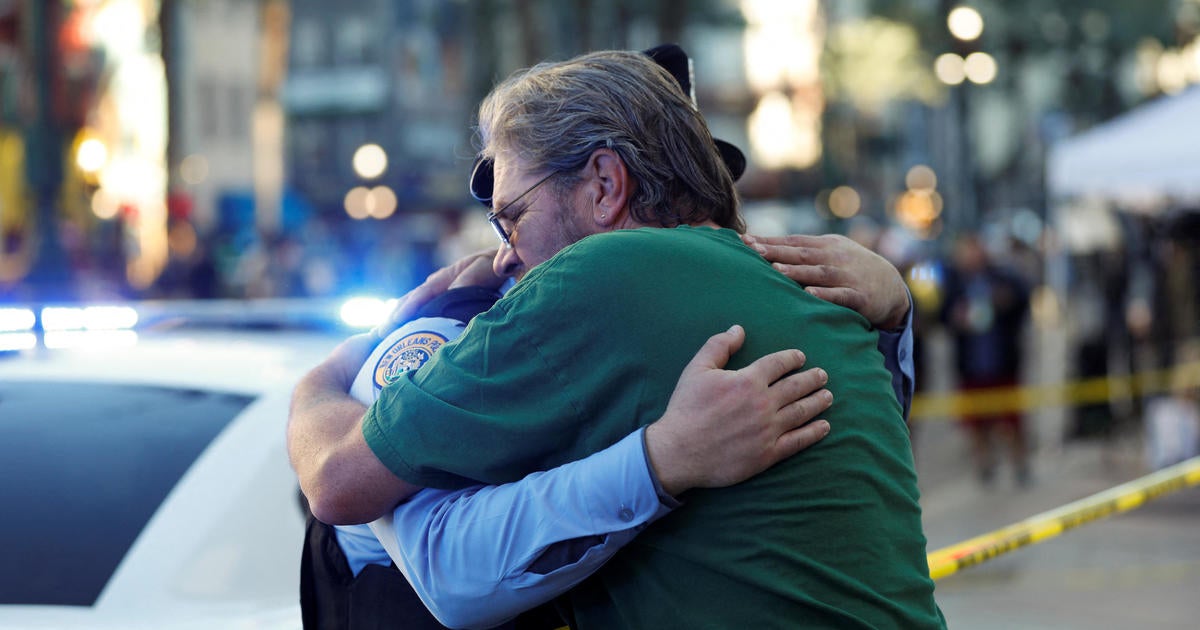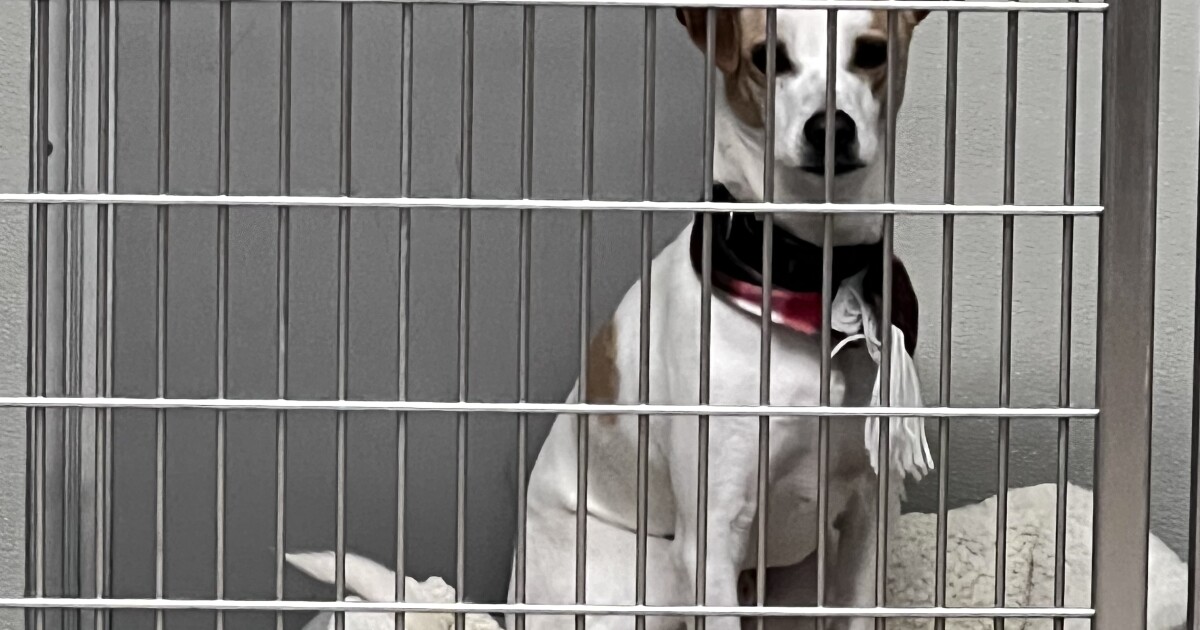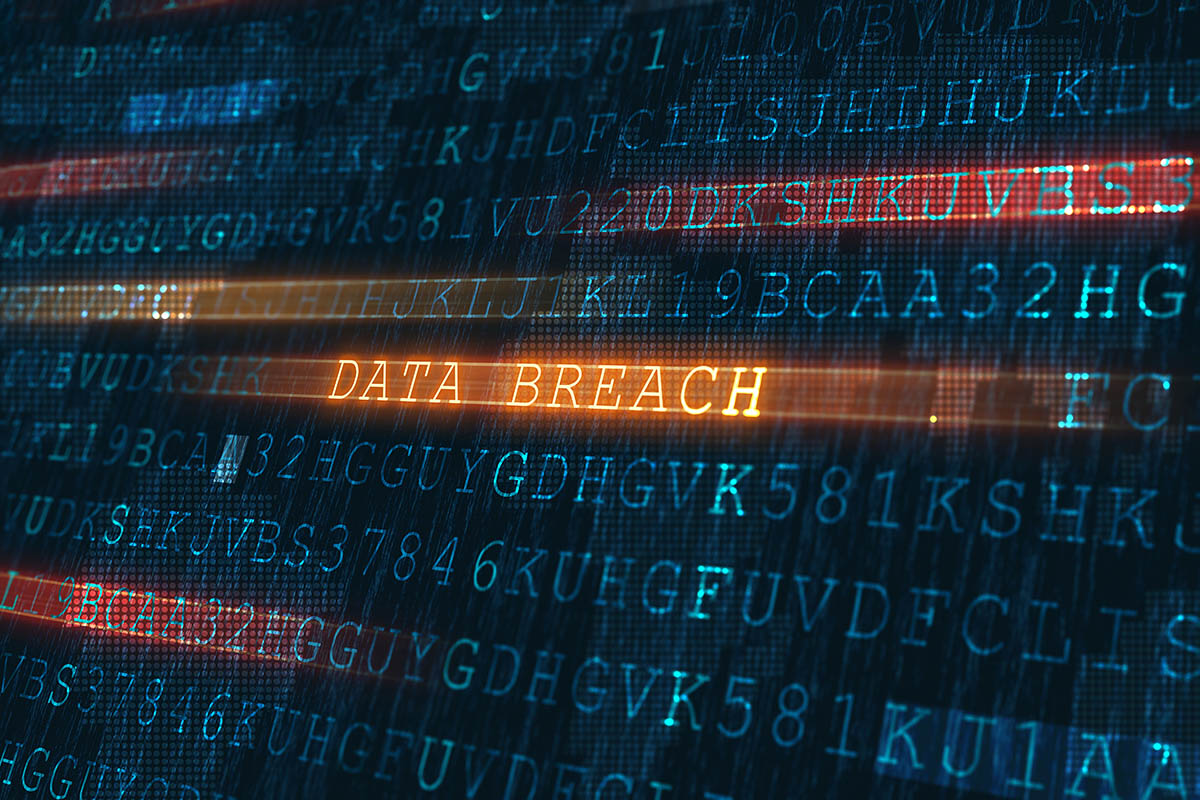
Danke, dass Sie ZEIT ONLINE nutzen.
Melden Sie sich jetzt mit Ihrem bestehenden Account an oder testen Sie unser digitales Abo mit Zugang zu allen Artikeln.
Erscheinungsbild
The digital age's promise of the internet being forever is proving to be deceptive as vast portions of online content are disappearing due to lack of profitability. Websites are shutting down, archives are vanishing, and digital culture is being lost. Even popular platforms like Wikipedia are not immune to this phenomenon. The transition from owning cultural products to accessing them as a service is exacerbating this issue, with companies like Paramount Global erasing decades of pop culture and history by shutting down websites. Efforts to preserve digital culture exist, such as the Internet Archive, but they are not enough to combat the digital decay caused by the constant need for profitability in the online world.
Fanden Sie die Zusammenfassung hilfreich?
Lesen Sie diesen Text auf Deutsch
The Internet is forever. At least, that was the promise — and the threat — of the digital age, echoed across browsers, clouds, and platforms. A silent warning accompanied every upload: be careful what you post — this will last forever.
But with each passing day, it becomes increasingly clear how deceptive that appearance is. Vast portions of the internet have already vanished because their caretakers abandoned them or found them unprofitable. Archives are disappearing, online libraries are closing, and entire segments of digital culture are being lost forever.
This isn’t just happening to obscure corners of the internet. According to a Pew Research Center study, 38% of all websites that existed in 2013 were no longer available by October 2023. Even the mighty Wikipedia is not immune to the phenomenon; 54% of all English-language articles link to at least one source that has since disappeared. Researchers call this phenomenon “digital decay.”
The idea that the internet itself could decay seems counterintuitive. For so long, it appeared to be ethereal and immaterial — eternal, even. In 1996, digital activist John Perry Barlow envisioned the internet as a realm where “everything created by the human mind could be reproduced and distributed infinitely and free of charge,” as he wrote in his Declaration of Independence of Cyberspace. But this lofty vision overlooked the mundane realities of the digital world.
The internet isn’t made of light and air or fairy dust. It’s built on rare earth minerals, satellites, undersea cables, server farms, and power plants. Maintaining and distributing digital content isn’t effortless or free, and in the logic of the marketplace, anything that costs money must justify its existence. What fails to turn a profit is discarded.
In June 2024, Paramount Global quietly shut down the websites for MTV News and Country Music Television (CMT) and restructured Comedy Central. In doing so, it wiped out more than 20 years of pop culture and music journalism and erased early seasons of shows like The Colbert Report and The Daily Show, whose biting satire once held the U.S. invasion of Iraq to account. These weren’t just shows — they were pieces of contemporary history.
Cultural products are no longer found in shop windows and later in living rooms and shelves or at least in libraries, but often enough only on the servers of companies. Users buy access through subscriptions or by watching advertisements. If the quarterly figures are not satisfactory, the company changes the content or closes the servers. In the era of physical media, cultural artifacts only needed to be profitable once: at their time of release. But in the digital age, they must remain profitable indefinitely.
This transition from culture as property to culture as service has been underway for a while.
“You’ll own nothing. And you’ll be happy, ” proclaimed a 2016 World Economic Forum video about our future. The first part of the quote has largely come true, the second is at least debatable. The loss of cultural control that comes with this model is becoming more serious every day.
Künstliche Intelligenz ist die wichtigste Technologie unserer Zeit. Aber auch ein riesiger Hype. Wie man echte Durchbrüche von hohlen Versprechungen unterscheidet, lesen Sie in unserem KI-Newsletter.
Mit Ihrer Registrierung nehmen Sie die Datenschutzerklärung zur Kenntnis.
In 2009, Yahoo ended its web hosting service Geo-Cities, deleting around 38 million websites created there — a treasure trove of early internet aesthetics and culture. Elon Musk took over Twitter and made archive access almost impossible for researchers. Facebook and other companies do the same.
Tumblr took similarly aggressive action against “pornographic content” from 2018 onwards. The imprecise algorithms used for this deleted so much non-sexual and artistic content from LGBTQ+ people that Tumblr had to answer for it in the New York Human Rights Court.
Even basic structures are not safe: in June 2024, Google announced that it would discontinue a popular link shortening service. From 2025, all links shortened with it will lead nowhere — at the push of a button, countless digital paths become dead ends.
Storing digital culture is not enough. In recent decades, the technological foundations of the Internet have developed so rapidly that old data formats sometimes become obsolete after just a few years.
A prime example is the British Domesday Project. To mark the 900th anniversary of the Domesday Book, a comprehensive land register of England from 1087, the BBC had a kind of new, multimedia Domesday Book 2 created. The almost 1,000-year-old book is still easy to read today with the right language skills — the original Domesday Book 2 disks were already outdated and unusable just 20 years later. The files had to be updated several times at great expense.
This ever-increasing obsolescence of digital culture products affects both hardware and software. This is particularly evident in video games. In 2023, Phil Salvador, Library Director of the Video Game History Foundation, examined the commercial availability of video games whose consoles are no longer produced. The result: 90% of video games released between 1960 to 2009 were no longer playable without the necessary hardware, and most were no longer sold or manufactured. Digital culture must be constantly maintained in order to be preserved.
Of course, efforts to preserve digital culture do exist. The Internet Archive is a non-profit online archive that was founded in 1996 by Internet activist Brewster Kahle to ensure the long-term archiving of digital and digitized culture. Some of the examples in this text are taken from the recently published report Vanishing Culture, which is curated by the Internet Archive.
The Internet Archive has often managed to save parts of this cultural loss in its archive. Among the 916 billion websites archived there are also 62% of those that are said to have already disappeared according to the Pew study mentioned at the beginning, as well as 470,000 pieces of content from MTV News and 70,000 from CMT. Many otherwise lost video games are also preserved there, as well as films, books and music.
But the Internet Archive is by no means enough to stand alone against the digital decay it has named and described. A few months ago it was attacked by hackers and was unable to archive anything for several weeks. It was sued by the Hachette publishing group for copyright infringement and lost. Record companies are currently suing the archive for $621 million for similar reasons — which could mean its end. Nobody knows what will happen to the millions upon millions of gigabytes of archive material.
So we need a corollary to the old adage: the Internet is forever as long as it’s profitable — and not much is profitable forever.
The digital world could be a perfect archive, but its custodians today are not librarians who preserve culture for its own sake, but managers who weigh up preservation against profit.
Not all cultural products need to be preserved, that’s true. But it’s equally true that the present is bad at predicting what will be interesting in the future. Too many famous composers were unsuccessful in their lifetimes, too many female authors had to be rediscovered decades after their deaths, for us to have that much confidence in our powers of prediction.
At no point in the past was there a claim to preserve and archive all cultural products, that is also true. But back in the age of physical media, different standards applied: making copies was laborious, as was storage and transport, and individual archives could be destroyed by war, fire or natural disasters. If you ask why not everything we created in the past was preserved, those were very good excuses. But what are ours?
Translated by Worldcrunch
Hier können Sie interessante Artikel speichern, um sie später zu lesen und wiederzufinden.
Sie haben bereits ein Konto? Hier anmelden.










